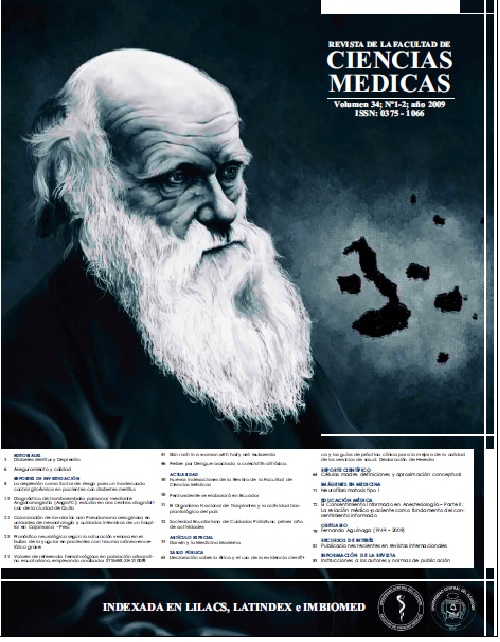Skin rash in a woman with hairy cell leukaemia
Abstract
Context: Skin eruptions associated with hairy cell leukaemia have been scarcely described.
Case report: A 65-year-old woman with admission tests showing normal haemoglobin, severe neutropenia, and mild thrombocytopenia. The diagnosis of this leukaemia was based on typical hairy cells in bone marrow, in addition to immunohistochemistry, cell immunophenotype, and DBA4 marker. Administration of cladribine was followed by a generalized maculopapular rash and vesicles, which improved soon after the suspension of that drug.
Conclusion: Skin eruptions associated to the use of cladribine occur in patients with hairy cell leukaemia, and may be underreported.
Downloads
References
2. Riccioni R, Galimberti S, Petrini M. Hairy cell leukemia. Curr Treat Options Oncol 2007; 8: 129-34.
3. Chatterjee T, Panigrahi I, Mahapatra M, Pati HP, Kumar R, Nathani R, et al. Hairy cell leukaemia: clinical, pathological and ultrastructural findings in Asian-Indians. Indian J Cancer 2008; 45: 41-44.
4. Robak T. Emerging drugs for rarer chronic lymphoid leukemias. Expert Opin Emerg Drugs 2008; 13: 95-118.
5. Tousi B, D’Silva R, Papish S. Systemic Vasculitis complicating hairy cell leukaemia treatment with cladribine. Clin Lab Haematol 2002; 24: 259-60.
6. Carsuzaa F, Pierre C, Jaubert D et al. Cutaneous findings in hairy cell leukemia. Nouv Rev Fr Hematol 1993; 35: 541-43.
7. Rossini MS, de Souza EM, Cintra ML, Pagnano KB, Chiari AC, Lorand-Metze I. Cutaneous adverse reaction to 2-chlorodeoxyadenosine with histological flame figures in patients with chronic lymphocytic leukaemia. J Eur Dermatol Venereol 2004; 18: 538-42.
8. Grey MR, Flanagan NG, Kelsey PR. Severe skin rash in two consecutive patients treated with 2- chlorodeoxyadenosine for hairy cell leukaemia at a single institution. Clin Lab Haematol 2000; 22:111-13.
9. Meunier P, Castaigne S, Bastie JN, Chosidow O, Aractingi S. Cutaneous reactions after treatment with 2-chlorodeoxyadenosine. Acta Derm Venereol 1996; 76: 385-86.
10. Golomb HM. Hairy cell leukemia: treatment successes in the past 25 years. J Clin Oncol 2008; 26:2607-09.
11. Ya-In C, Brandwein J, Pantalony D, Chang H. Hairy cell leukemia variant with features of intrasinusoidal bone marrow involvement. Arch Pathol Lab Med 2005; 129: 395-98.











